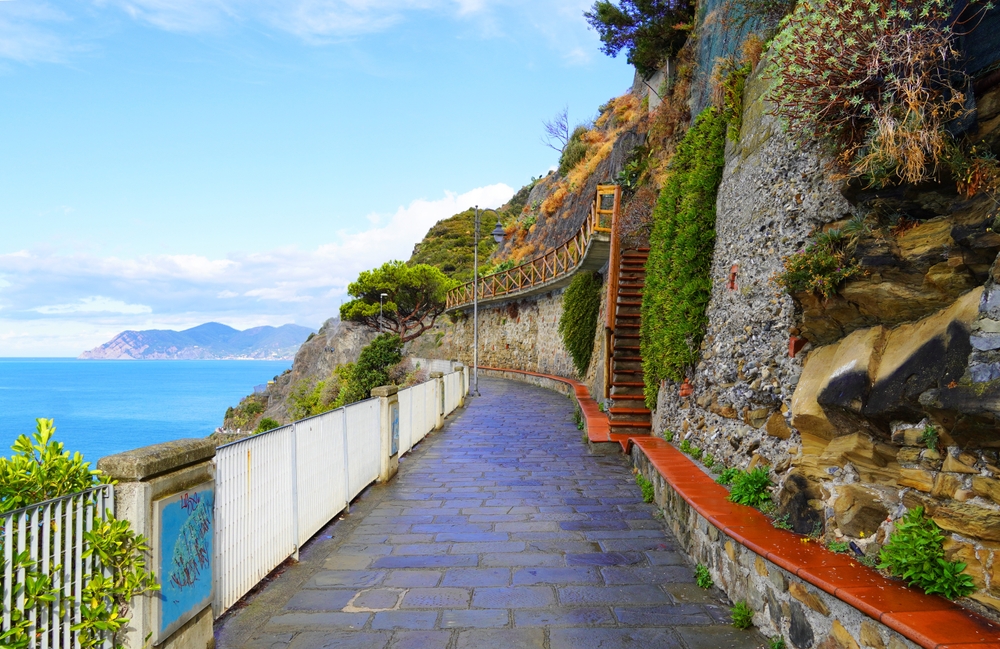
Known in Italian as Via dell’Amore, the ‘Path of Love’ is a 1-kilometer pedestrian path that connects the villages Riomaggiore and Manarola. The path between these two villages offer unparalleled views of the Mediterranean Sea. After its closure in 2012 due to landslides in the area that injured four tourists and majorly damaged sidewalks, the hugely popular ‘Path of Love’ is set to finally re-open.
Starting this month, tourists will be able to book 1-hour time slot tickets for 15 euros (approximately $17), which is capped at 30 passengers per session. It is often dubbed as the most romantic hiking trail in the world, and given its incredibly short length, it makes it one of the most popular tourist destinations in the area. The 2012 damage highlighted the need to renovate the outdated pathways.
The creation of the Path of Love was born out of necessity. Following the expansion of the railroad from Genova, inspired the people of the two villages to carve open a path in the mountainous region that separated them. Originally, they had to take a long journey across a bridge over an ominous-looking path. The journey would be so long that the villages originally had a different dialect entirely.
But now that the pathway had been created, communication and trade of goods became much easier. As an added bonus, the scenery is some of the best in the world you may ever see: sunsets lowering below the sea amidst waves crashing on rocks many feet below you.
Despite the recent renovations, the risk of landslides still remains a very real possibility.
Speaking to BBC, Francesco Faccini, a geologist at the University of Genova, said “It is an obviously dangerous area – a very beautiful area because it is on the sea – but obviously dangerous. It is no coincidence that the original ancient path was built going over the mountain [and not on the side]. Inevitably, cutting the base of a slope leads to collapses.”
The reason the re-opening took so long was to make sure everything was structurally sound. It cost a total of 22 million euros to renovate and had to go through meticulous rounds of analytics and observations.
Visitors can now book tickets to see this iconic site.







